Small grain harvest is in full swing! This means the end of a growing season for most but the beginning of a season for cover croppers. For livestock producers, cover crop planting season has turned into a standard farming practice. As this season approaches, I believe it’s a good idea to cover the species planning for these mixes that your livestock will consume.
One of the focal points of these grazing cover crop mixes has been species within the Brassica family. Brassica is a genus of plants in the cabbage and mustard family. In human nutrition, brassica vegetables such as Kale, Arugula, Kohlrabi, and Bok Choy have recently gained popularity. Their high content of minerals, vitamins, and antioxidant compounds have led them onto the health food scene. I think one of the fascinating points of brassicas is that each plant has a different edible part. For example, it is the root of a radish, the leaves on cabbage, and the seeds from mustard that are consumed. In agriculture we’ve been able to utilize some of these same benefits, but pivot those towards soil or livestock feed. The brassicas that have become popular for livestock feed are Turnips, Rapeseed, Radishes, Collards, and Kale.
At a very high level, livestock feed quality is measured by energy, protein, and digestibility. The level of fiber and lignin is low, which in turns leads to a highly digestible forage. Since the forage is easily broken down, the TDN for most brassica plants is high, with a range of 70-75. Along with being very digestible, all brassica plants are high in crude protein levels ranging from 18-22% CP.
Like all high-quality feedstuffs, there are some management tactics to best use Brassicas. These plants have a moisture content of 85-90%, so grazing is the best option to harvest them. Also, when livestock are consuming plants with excess moisture, we need to incorporate some dry matter roughages into their diet. We can do this by adding grasses in the grazing mixes, by feeding dry hay while grazing brassicas, or allow access to crop residue fields.
The time when we graze brassicas works perfect with our perennial pasture systems. Typically, we start to run out of grass in pastures in early October. When we plant cover crop mixtures after a small grain harvest at the first of August, we can expect to graze them in October. This buffet of high-quality feed can help extend your grazing season and even prolong weaning time. The cold tolerance of all brassica species is better than any annual. This allows for green palatable plants late into the fall until temperatures are in the mid-teens.
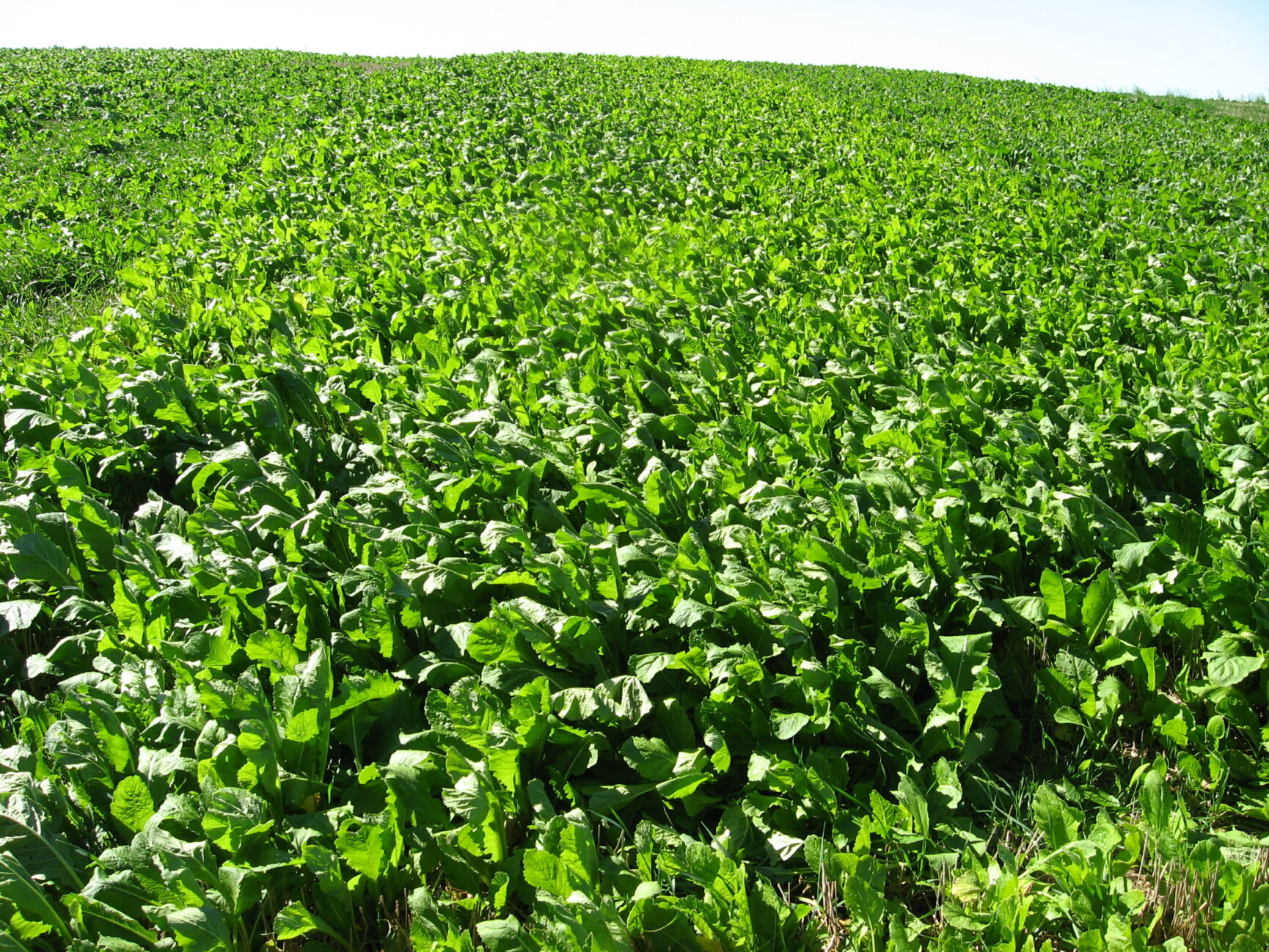
Diversity in cover crop mixtures has shown to be best for boosting soil quality. That same diversity is important for successful grazing mixes, but it surely needs to have brassicas!
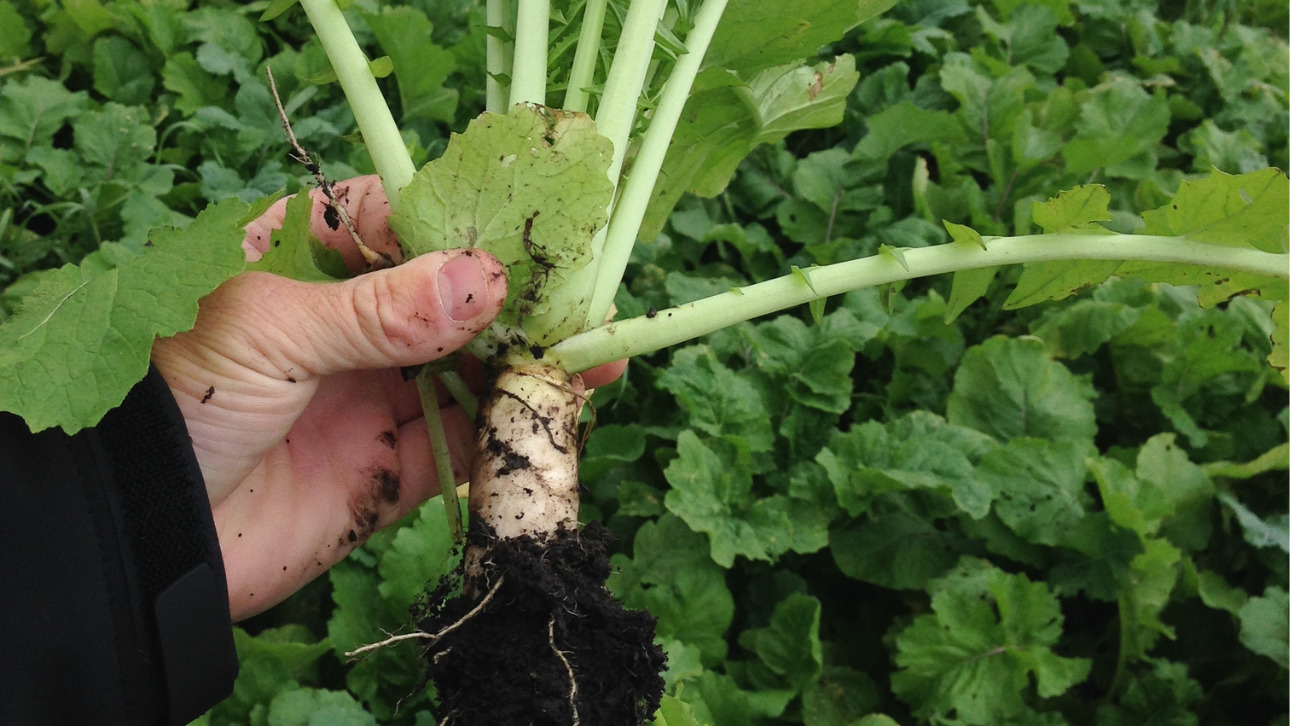
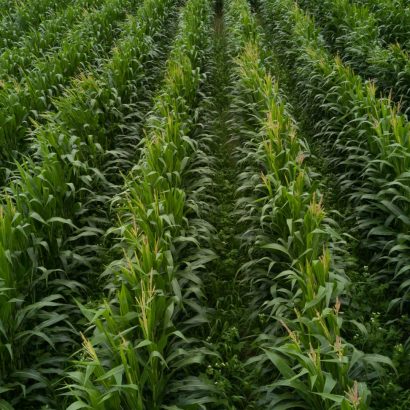
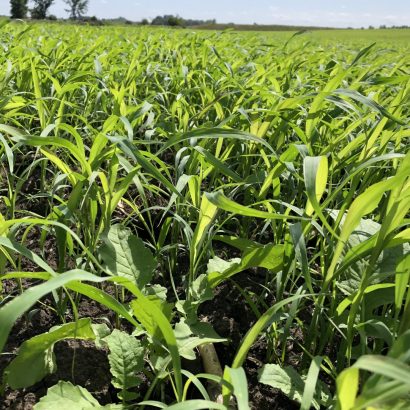
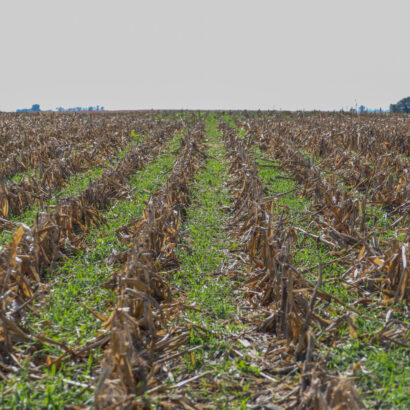
Discussion
0 Comments